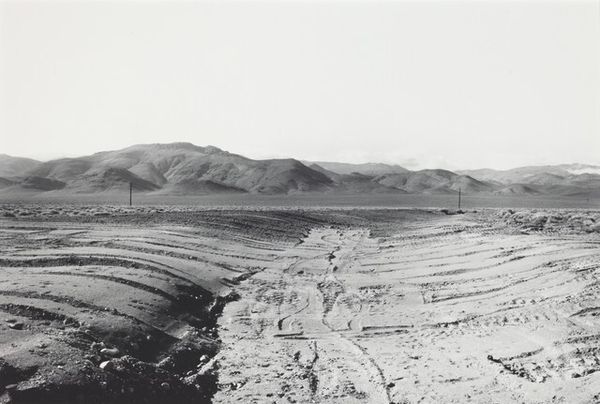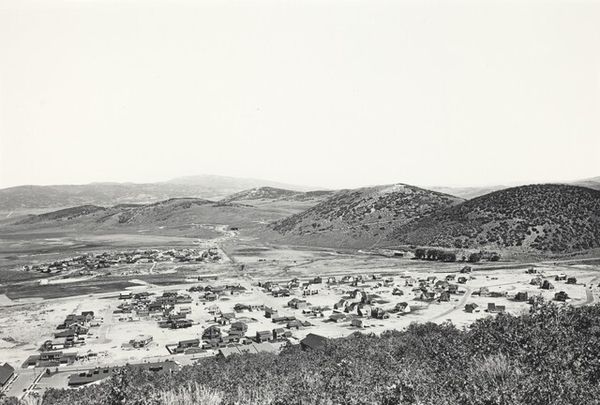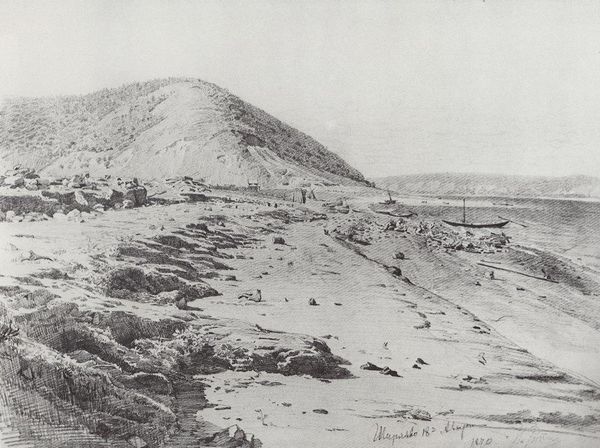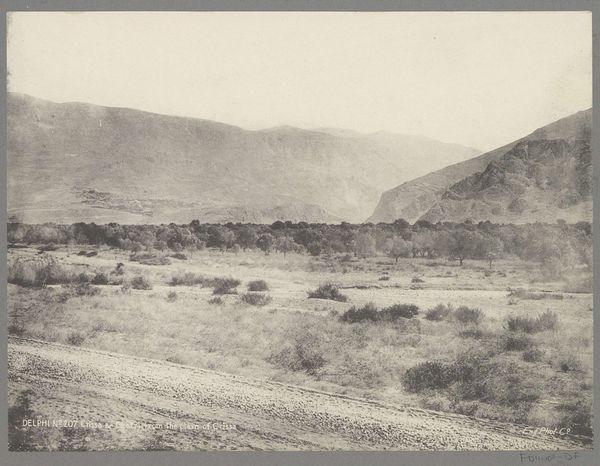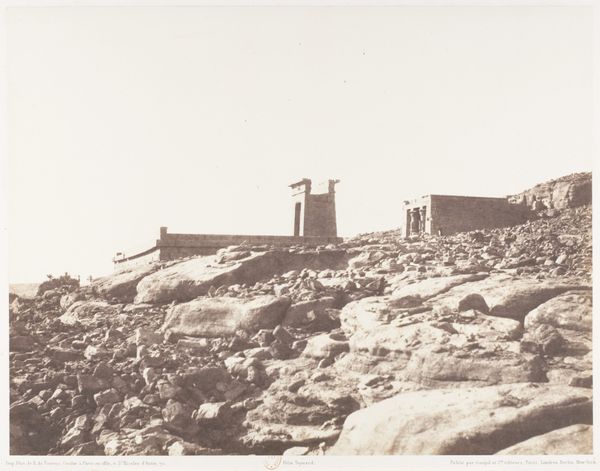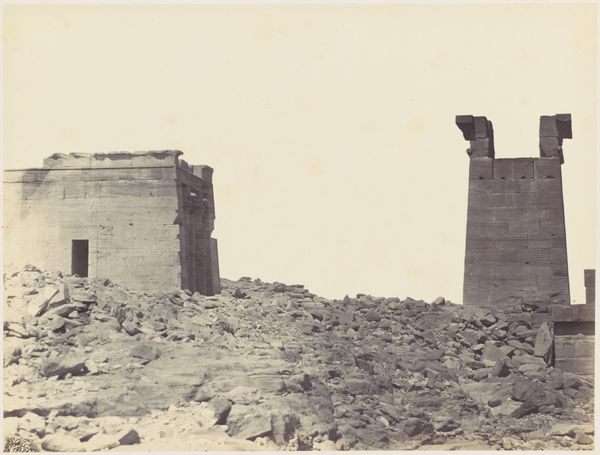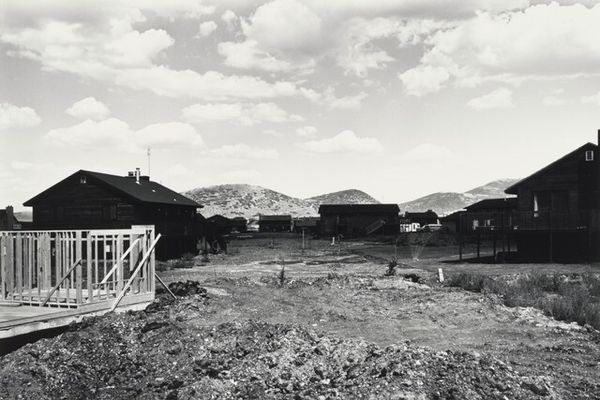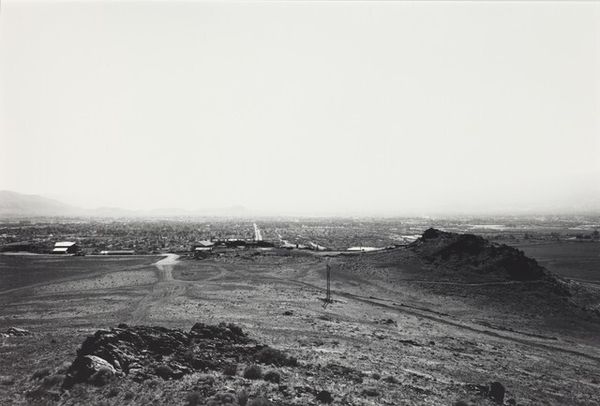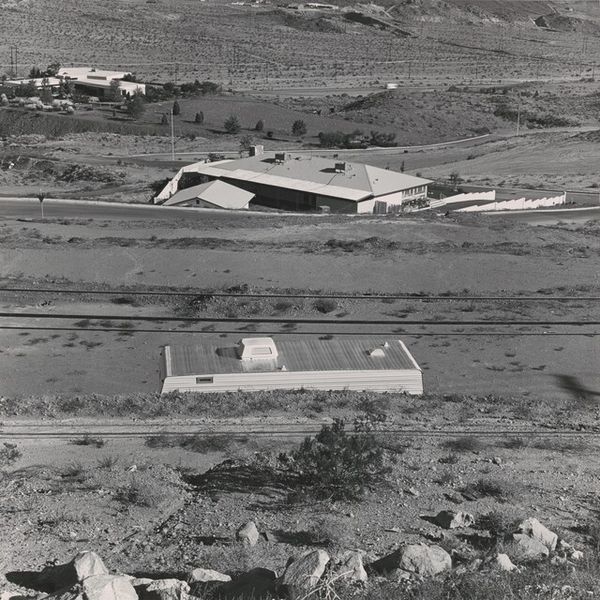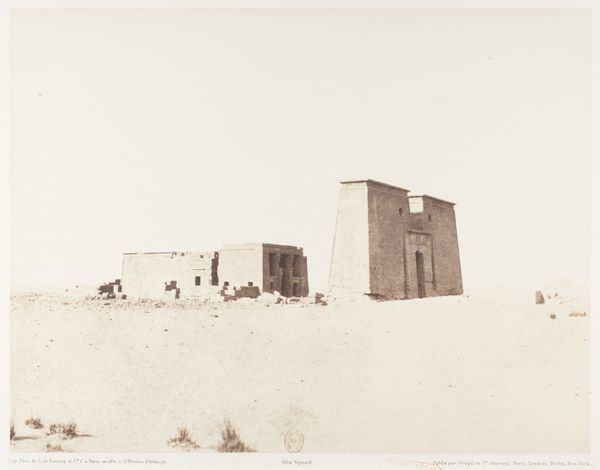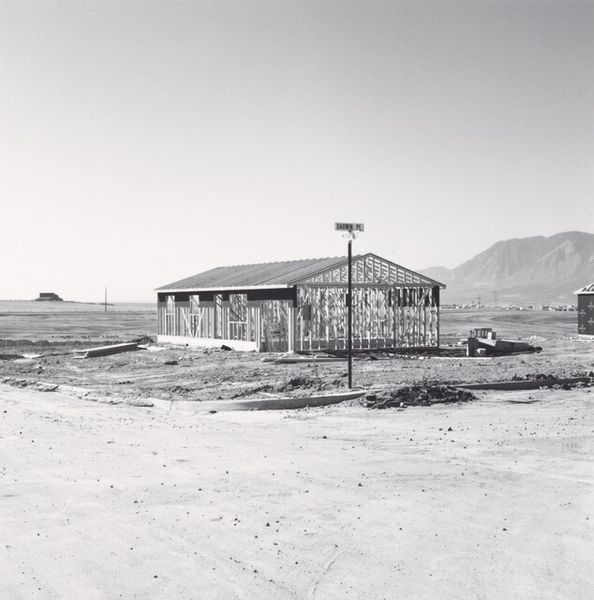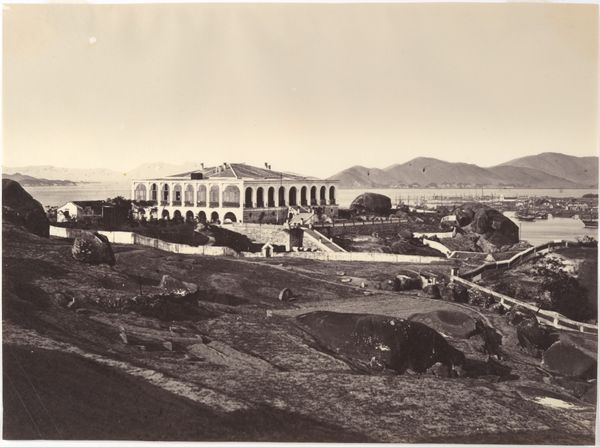
photography
#
conceptual-art
#
black and white photography
#
landscape
#
photography
#
monochrome photography
#
monochrome
Dimensions: image: 16.2 x 24.1 cm (6 3/8 x 9 1/2 in.) sheet: 20.2 x 25.3 cm (7 15/16 x 9 15/16 in.)
Copyright: National Gallery of Art: CC0 1.0
Editor: This is Lewis Baltz's "Hidden Valley, looking Southwest," a black and white photograph possibly from 1977 or 1978. It's got this stark, almost desolate feeling. The contrast is pretty sharp, and the houses look almost… out of place. How do you interpret this work, especially considering its time? Curator: Baltz's work during this period often investigated the intersection of suburban development and the environment, casting a critical eye on the rapidly changing landscapes of Southern California. The starkness you perceive is key. This wasn't simply documenting a landscape; it was a commentary on the ethics of land use and the environmental impact of suburban sprawl. What does the framing suggest to you about the artist's viewpoint? Editor: I see the houses kind of fighting against the landscape. Like they're encroaching on it. It’s not a harmonious relationship at all. Almost hostile? Curator: Exactly. Baltz is making a statement about power. Consider who has the power to transform the land, and at what cost. This connects to larger socio-economic critiques of development, particularly the ways in which marginalized communities are often disproportionately affected by these transformations. Can you see echoes of that in the image? Editor: The emptiness around the buildings maybe? The lack of people? It definitely feels unbalanced now that you mention it. There’s no…community presence. Just structures, awkwardly placed. Curator: Precisely. He presents a disquieting vision. It questions whose “valley” this truly is, and who ultimately benefits from this “hidden” development. The photograph, therefore, acts as both a document and a potent critique. Editor: That really changes how I see it. It's not just a picture of a landscape; it's a statement about societal imbalances. I'll definitely be looking at land development with a more critical eye now. Curator: And hopefully thinking about whose stories are often untold in those visual landscapes. That's the power of socially engaged art!
Comments
No comments
Be the first to comment and join the conversation on the ultimate creative platform.
